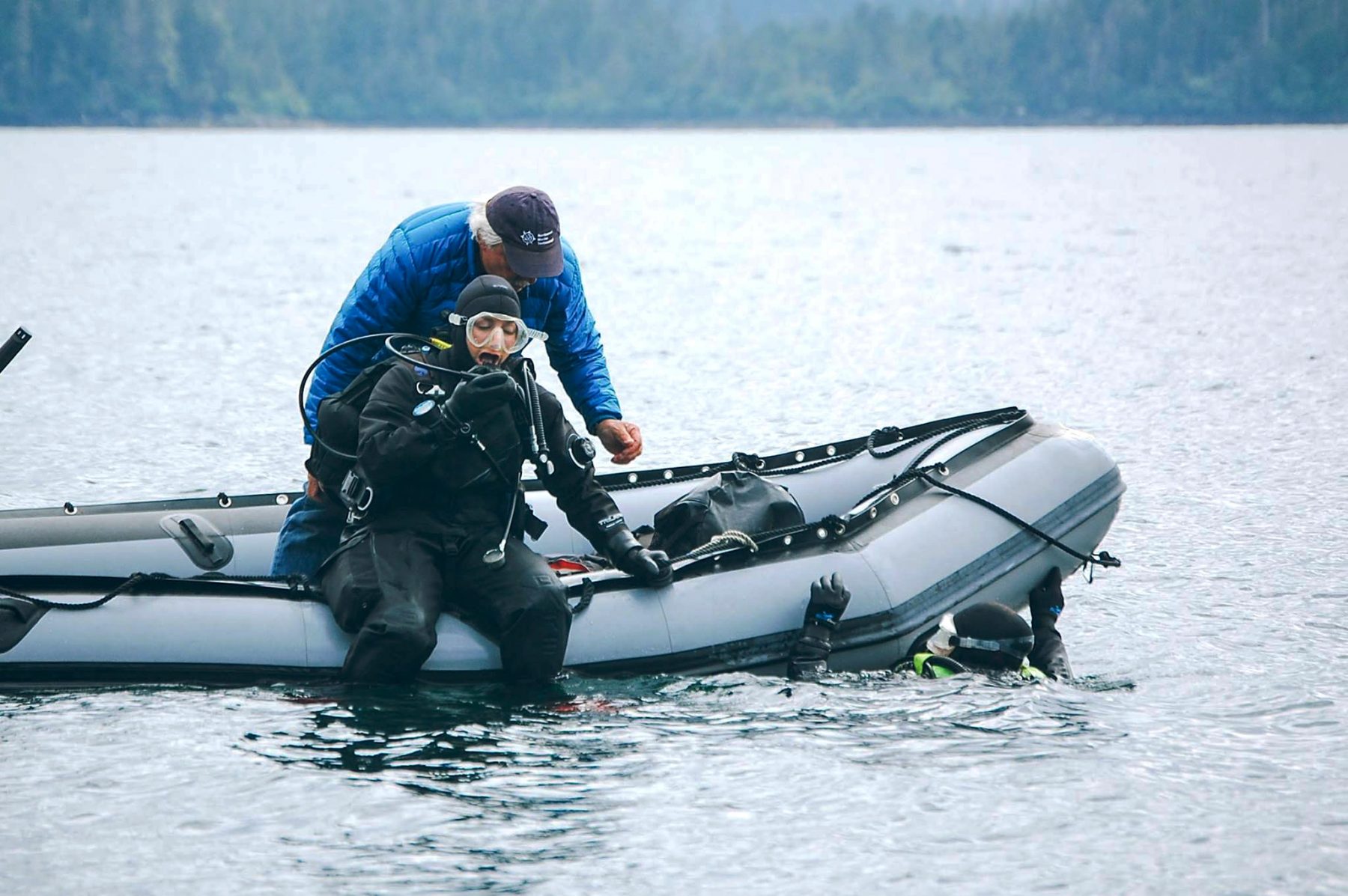
Site Selection & Survey Frequency
- To achieve adequate representation of within-aggregation population structure at different locations and habitats, we randomly selected six sites:
- classified suitable abalone habitat using NOAA ShoreZone Database
- randomly selected 21 sites from 3 stratified regions
- timed swim abalone counts starting from the 21 starting points were used to choose 6 sites with varying densities of abalone
- surveyed these sites bi-annually to assess seasonal variability
- To ensure inclusion of high density, ‘easy-access’ sites for more frequent sampling, we non-randomly selected two sites:
- density and aggregation data compiled from volunteer surveys and personal use information in inner Sitka Sound
- non-random selection of two high-density sites for frequent survey
- bi-weekly surveys of these sites to characterize short-term variability
Site Layout
Two 30 x 2 m transects at each site, established at the optimal depth zones for abalone: around -3 and -6 meters.
Two Abalone Recruitment Modules (ARMs) were placed between transects, around -4 and -9 meters. These ARMs have been used in other studies as an artificial habitat that has been shown to be successful in attracting abalone recruits.
For a full description of methods and approach, see the Sitka Sound Abalone Monitoring Plan authored by project leads in partial fulfillment of this study.
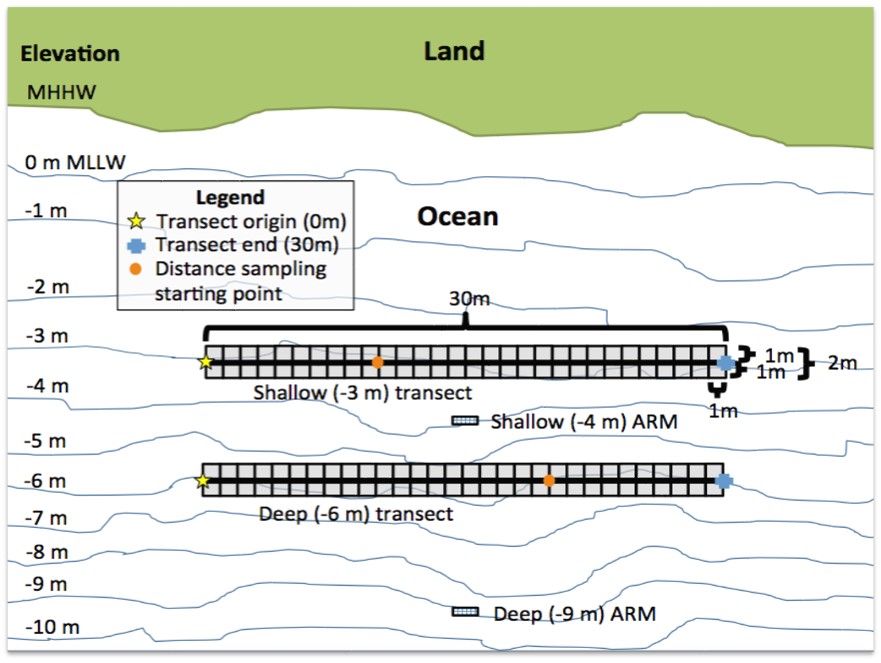
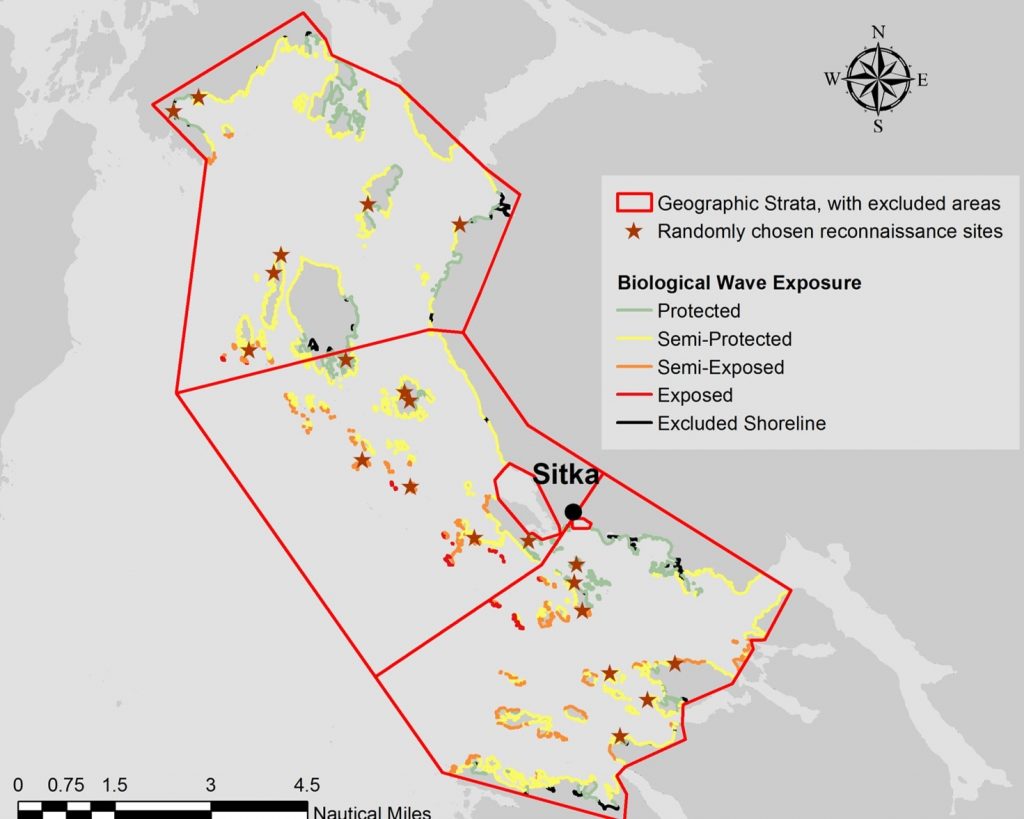
fullscreen
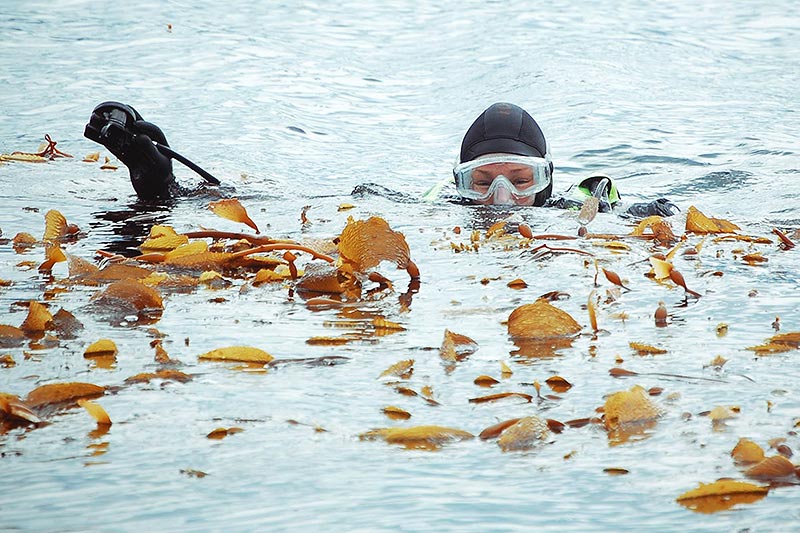
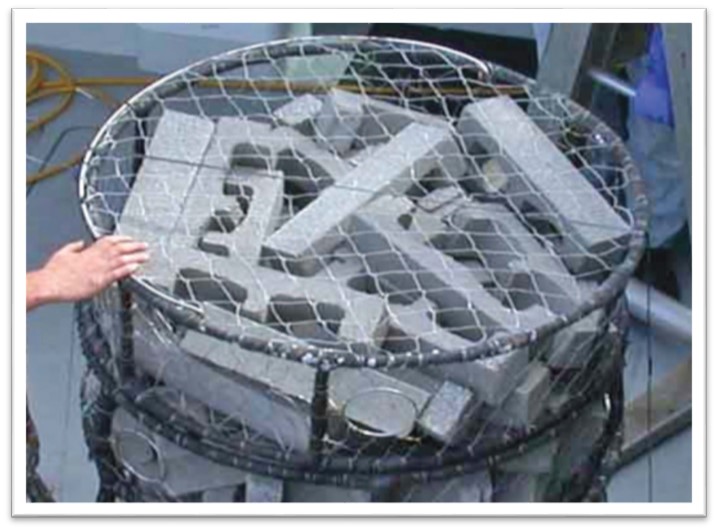
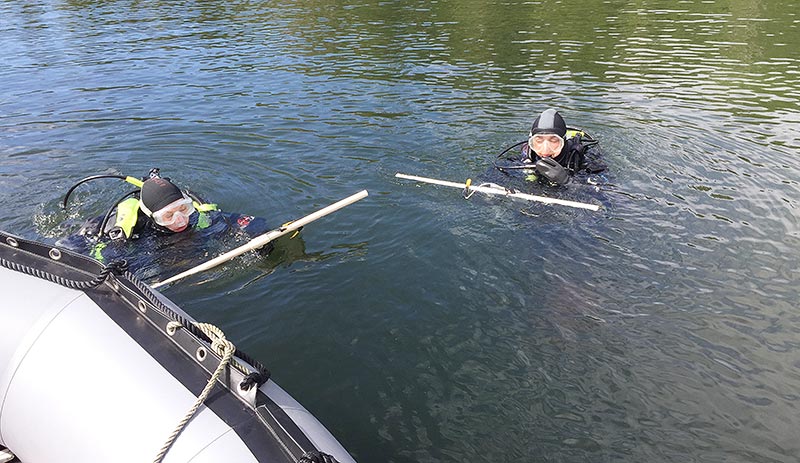
caption